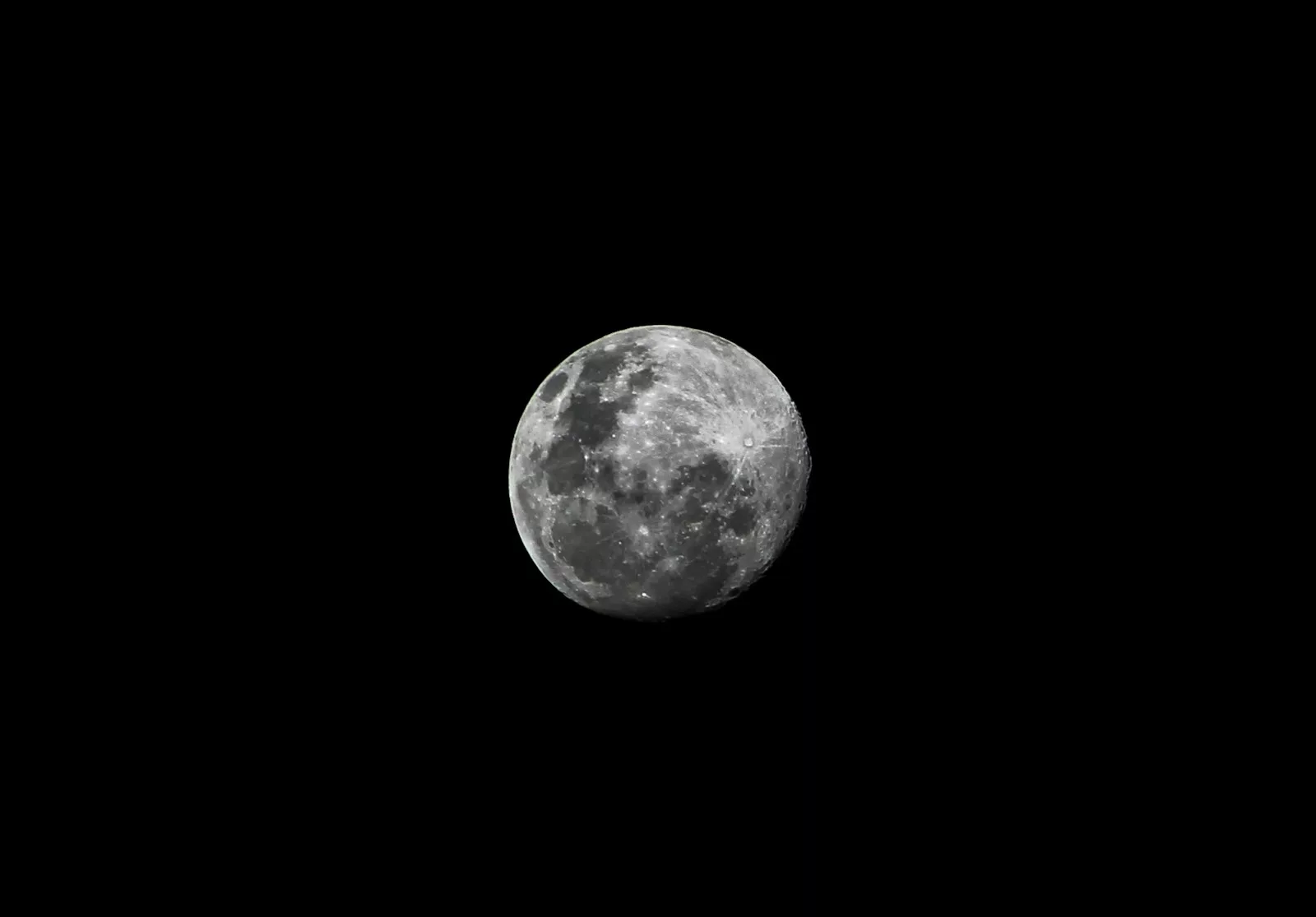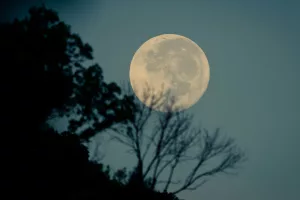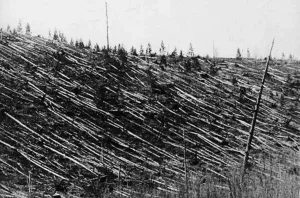The Moon, our planet’s only natural satellite, has fascinated humanity for centuries. Its luminous face has inspired myths, scientific exploration, and artistic expression. Yet, while one side of the Moon is familiar and constantly visible from Earth, the other—the so-called “dark side”—remains shrouded in mystery. This hidden hemisphere, which is more accurately referred to as the far side, has sparked endless curiosity and speculation. What lies beyond our view, and why is this side of the Moon perpetually obscured from sight?
Exploring the far side of the Moon not only satisfies our innate curiosity but also offers critical insights into the Moon’s formation, the early solar system, and the geological processes that have shaped planetary bodies. By studying this lesser-known hemisphere, we can uncover secrets that may hold profound implications for the future of space exploration and humanity’s place in the universe. This article delves into the science behind the far side, its unique geological features, and the milestones of its exploration, shedding light on one of the most intriguing frontiers in our solar system.
Why Can’t We See the Far Side of the Moon?
The reason we can only see one side of the Moon is due to a phenomenon known as synchronous rotation. The Moon takes the same amount of time to complete one rotation on its axis as it does to orbit Earth—approximately 27.3 days. This means that one hemisphere of the Moon is always facing Earth, while the other remains hidden from view.
This gravitational locking is a result of tidal forces. Over millions of years, the gravitational interaction between the Earth and the Moon caused the Moon’s rotation to slow down until it matched its orbital period. As a result, the far side of the Moon is never visible from Earth, creating the illusion of a “dark side.”
However, the term “dark side” is a misnomer. The far side of the Moon receives just as much sunlight as the near side. The only difference is that it is perpetually turned away from Earth, making it inaccessible to direct observation without the use of spacecraft. This unique orientation not only hides the hemisphere from our view but also creates an environment isolated from Earthly influences, making it a prime target for scientific study.
The locked orientation also allows for long-term studies of the Moon’s geophysical properties. Because of this synchronous rotation, scientists can observe consistent patterns in gravitational anomalies, helping us understand the Moon’s internal structure and how it interacts with Earth.
What Lies on the Far Side of the Moon?
The far side of the Moon is markedly different from the familiar near side. While the near side is characterized by vast, dark plains known as maria, formed by ancient volcanic activity, the far side is dominated by rugged highlands and a significantly greater number of impact craters. This stark contrast has provided scientists with valuable clues about the Moon’s history and the processes that have shaped its surface over billions of years.
Highlands and Craters
The far side’s surface is dominated by highlands, which are bright, mountainous regions made up of ancient, anorthositic rocks. These highlands are believed to be some of the oldest parts of the Moon, dating back over 4 billion years. They provide a glimpse into the Moon’s primordial past, offering a natural archive of the conditions that existed in the early solar system.
In contrast to the relatively smooth maria on the near side, the far side’s rugged terrain is covered in craters of all sizes, formed by billions of years of asteroid and comet impacts. These craters are far more numerous on the far side due to its thicker crust, which has limited volcanic activity and the resurfacing processes that smoothed the near side. Each crater holds a story of cosmic collisions that shaped not just the Moon but also the broader dynamics of the solar system during its formative years.
One of the most striking features of the far side is the South Pole-Aitken Basin, a massive impact crater stretching over 2,500 kilometers in diameter and 13 kilometers deep. It is one of the largest and oldest impact basins in the solar system and provides a unique window into the Moon’s interior. Scientists believe that studying this region could reveal valuable information about the Moon’s geological history, the composition of its mantle, and the processes that shaped the early solar system.
Lack of Maria
One of the enduring mysteries of the Moon is why the far side has far fewer maria than the near side. The leading hypothesis suggests that this asymmetry is due to differences in the Moon’s crustal thickness. The crust on the far side is significantly thicker, which may have prevented magma from reaching the surface and forming maria. This difference in crustal thickness is thought to be a result of the tidal interactions between the Earth and the Moon during its early formation. Understanding this disparity could provide insights into the dynamic forces that have influenced the Moon’s evolution.
Additionally, the absence of maria on the far side highlights the complex thermal and gravitational forces that shaped the Moon during its early years. By studying these differences, researchers can better understand how planetary bodies evolve under the influence of nearby gravitational forces.
Exploration of the Far Side
For centuries, the far side of the Moon was hidden from human view. It wasn’t until 1959, when the Soviet spacecraft Luna 3 captured the first images of the far side, that humanity caught its first glimpse of this mysterious terrain. The grainy, black-and-white photographs revealed a starkly different landscape, sparking new questions and a renewed interest in lunar exploration.
Robotic Missions
In recent years, robotic missions have significantly advanced our understanding of the Moon’s far side. China’s Chang’e 4 mission, launched in 2018, made history by being the first spacecraft to successfully land on the far side of the Moon. Equipped with a rover named Yutu-2, the mission has provided unprecedented data on the composition, structure, and geology of the far side. Yutu-2 continues to explore the surface, offering detailed analyses of rocks and soil that deepen our understanding of lunar history.
The Chang’e 4 mission also demonstrated the challenges of exploring the far side. Because the Moon blocks direct communication with Earth, the mission relied on a relay satellite, Queqiao, positioned in a stable orbit beyond the Moon. This innovation has paved the way for future exploration and potential human missions to the far side. By overcoming these technical hurdles, Chang’e 4 set the stage for more ambitious endeavors to study this uncharted territory.
Scientific Discoveries
Data collected from missions to the far side have deepened our understanding of the Moon’s formation and evolution. For example, samples and measurements from the South Pole-Aitken Basin suggest the presence of materials from the Moon’s mantle, providing clues about its internal structure. Additionally, the far side’s relative isolation from Earth’s radio interference makes it an ideal location for radio astronomy, offering a unique vantage point for studying the universe. This isolation has allowed scientists to detect faint signals from deep space, opening new avenues for cosmological research.
The insights gained from these missions have not only advanced lunar science but also laid the groundwork for exploring other celestial bodies. The technologies and methods developed for far side exploration could be adapted for missions to asteroids, Mars, and beyond.
Why the Far Side Matters
The Moon’s far side is more than just a geological curiosity. It represents a frontier for scientific discovery and technological innovation. By studying the far side, scientists can address fundamental questions about the Moon’s history, the early solar system, and the processes that shape rocky planets. Furthermore, the far side holds promise as a site for future exploration and even potential colonization.
A Base for Deep Space Exploration
The far side of the Moon has been proposed as a potential location for a lunar base. Its isolation from Earth’s electromagnetic interference makes it an ideal site for constructing radio telescopes to observe the cosmos. These telescopes could capture faint signals from the early universe, shedding light on the formation of galaxies and stars. Additionally, its abundant resources, such as water ice in permanently shadowed craters near the poles, could support sustainable human presence and serve as a stepping stone for missions to Mars and beyond.
A New Perspective on Earth
Exploring the far side of the Moon also offers a unique perspective on our own planet. By venturing to this hidden hemisphere, humanity gains not only scientific knowledge but also a deeper appreciation for the interconnectedness of the Earth-Moon system. The challenges of reaching and studying the far side underscore the ingenuity and collaboration required to push the boundaries of exploration. Moreover, understanding the Moon’s evolution provides context for Earth’s own geological history and the dynamic processes that shape planetary bodies.
Conclusion
The Moon’s far side, often referred to as its “dark side,” is a testament to the mysteries that lie beyond our immediate view. From its rugged highlands and ancient craters to its potential as a hub for future exploration, the far side continues to captivate scientists and dreamers alike. By uncovering the secrets of this hidden hemisphere, we not only deepen our understanding of the Moon but also take another step toward unraveling the mysteries of the universe. As we push the boundaries of exploration, the far side of the Moon serves as both a scientific frontier and a symbol of humanity’s enduring curiosity and ingenuity.
The Moon’s far side reminds us that even in our closest celestial neighbor, there are vast mysteries waiting to be uncovered. Each discovery made there propels us closer to answering some of humanity’s most profound questions about the origins of our solar system and the future of interplanetary exploration.




